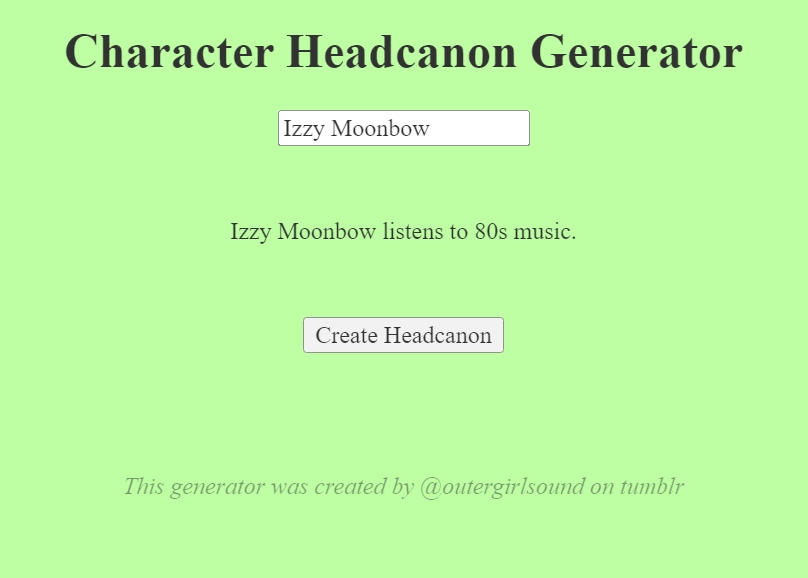Dependence on Input Data
The biggest of the limitations of character headcanon generators is the quality and diversity of input data. These tools work by breaking down and re-creating the input that is jammed into them, which inherently limits the potential and depth of human qualities they can create within the output due to the data that was available. According to some studies, character generators that only have access to homogeneous data produce a much reduced diversity of characters, with one report claiming a character variety decrease of up to 50 percent compared to generators than can work with a more diverse data.
The Complexity of Human Emotion and the Dual Nature (inherent good and evil) of Human Motives
This allows AI to use human behavior as the input, to some degree; but AI will never be able to perfectly understand the complexity of human emotions and human motivation. This stereotype or overall predictiveness may arise from the lack of true human experience in the AI-generated characters. In psychological analyses, it has been suggested that AI-generated characters might be less relatable or realistic due to the inability of AI to capture the emotional subtleties of human nuance which a human writer might intuitively include.

Repeat Risk and Being Predictable
A similar shortcoming is that AI-created characters may be repetitive and thus predictable. However, due to the fact that these are all data driven systems, character generators can (and probably will) produce characters with similar traits or backstories, especially when used repeatedly in the same narrative world. Users who have selected to generate a basic level without too much customization are reporting that the same characters are appearing 30% of the time.
Cultural and Context Specific nuances
Where character generators also can get stumped are on the cultural and contextual insights that are essential to the development of characters, particularly if they are stories intended to take place in a particular historical era or a non Western-set period. Although AI has made progress in recognizing and incorporating cultural information in programming, the subtle manner a local writer can easily do so with accurate context might be lost or misinterpreted by AI. This can result in characters that hit the basic cultural traits but do not feel authentic to those from the culture that is being represented.
Creative Collaboration and Kismet.
Finally, truly random instances of human creativity — those sudden bursts of insight — are still a bit of a challenge for AI to emulate. As character generators are designed within a certain class and function in accordance with some algorithms that limit organic creative epiphanies offered by typical creation procedures. As a result, although AI is a huge help during the brainstorming phase, it might not be able to completely replace the special creative skills of a human writer.
Conclusion
Despite being incredibly efficient in providing inspiration for character creation and development, the lack of human logic, the dependency on data, the limits of human emotions, the repetitive outputs, the cultural differences, and the need for randomness in creativity will always limit character headcanon generators. Writers and creators wanting to test the potential limits and capabilities of these Ai tools can take a look here at character headcanon generator AndServe as a useful source of creativity and perhaps identify some untapped potential of these technologies. And, as AI tech becomes capable of more, this constraint will also lift, creating new landscapes in the world of creative character generation.